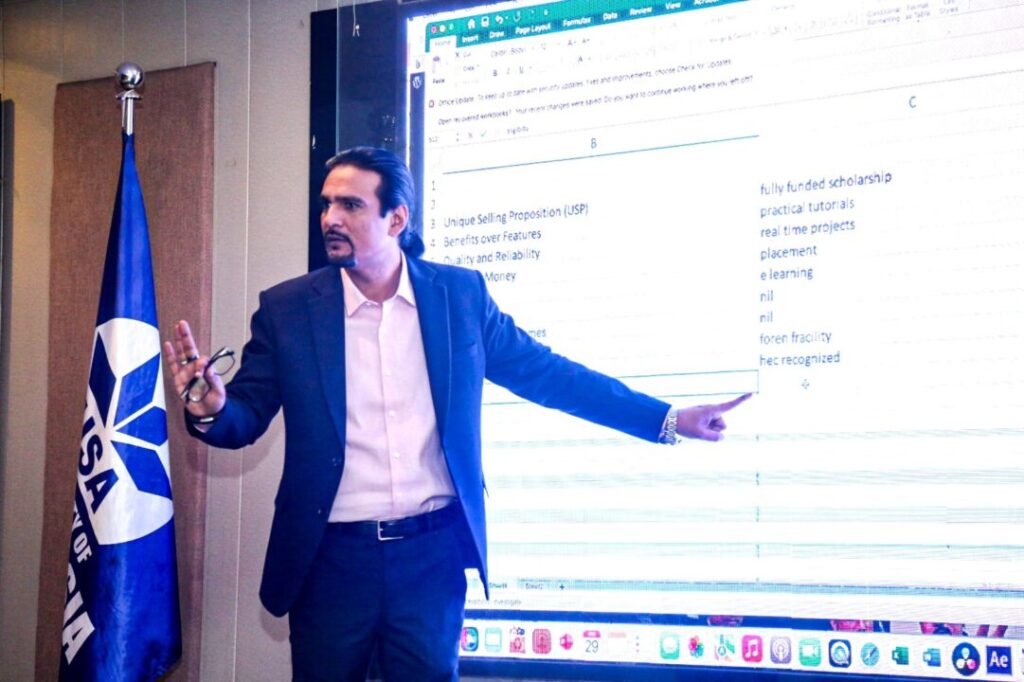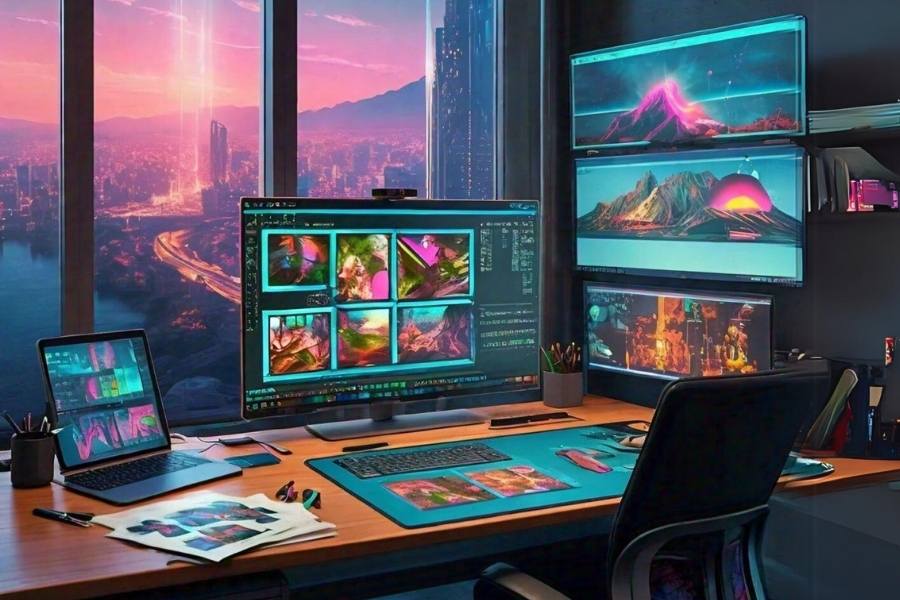Table of Contents
Introduction

Storyboarding is a crucial step in the creative process, especially for filmmakers, animators, and advertisers. It helps visualize ideas, plan shots, and communicate visions to collaborators. Traditionally, storyboarding involved sketching, which can be time-consuming. However, with the rise of AI, there are now free tools that can streamline this process. In this article, we’ll explore the top 5 free AI tools for storyboarding in 2024.
1. Storyboarder: From Free AI Tools for Storyboarding
Overview
Storyboarder is a free and open-source tool designed for creators who need an efficient way to storyboard their projects. It’s particularly well-suited for beginners and those on a budget.
Features
- User-friendly interface
- Tools for creating boards and drawing scenes
- Timing and dialogue addition
- Integration with Photoshop for further editing
How to Use Storyboarder
Using Storyboarder is straightforward. Start by downloading and installing the software. Open a new project, and you’ll find an intuitive workspace where you can create your storyboards. You can draw directly within the app or import images. Storyboarder allows you to add dialogue and timing to each frame, making it easier to plan your scenes.
Example Use Case
Imagine you’re planning a short film. You need to visualize a chase scene. With Storyboarder, you can quickly sketch out each shot, add dialogue cues, and set the timing for the sequence. This visual plan helps communicate your vision to your team effectively.
2. Canva: From Free AI Tools for Storyboarding
Overview
Canva is a versatile design tool that, while not exclusively for storyboarding, offers a range of features that make it a great option for creating basic storyboards. Its drag-and-drop functionality and vast library of templates are particularly useful.
Features
- Extensive library of templates
- Drag-and-drop functionality
- Pre-made layouts, characters, and props
- Basic free plan with ample features
How to Use Canva for Storyboarding
Begin by pursuing a free Canva account. Once logged in, search for storyboard templates. Choose a template that suits your project, and begin adding elements. Canva’s drag-and-drop feature makes it easy to place characters, props, and backgrounds. Customize each frame with text and annotations to detail your story.
Example Use Case
You’re working on an advertisement for a new product. With Canva, you can quickly assemble a storyboard using pre-made templates. Add characters and dialogue to each frame to map out your commercial’s storyline, making it easier to present to your client.
3. Wonder Unit: From Free AI Tools for Storyboarding
Overview
Wonder Unit is a free AI tool designed for artists who want to blend AI assistance with their creative touch. It’s particularly helpful for generating backgrounds, objects, and character poses, which can overcome artist’s block and speed up the creation process.
Features
- Basic drawing tools
- AI-generated backgrounds and objects
- AI-generated character poses
- Combines AI assistance with manual drawing
How to Use Wonder Unit
Start by visiting the Wonder Unit website and creating an account. Open a new project and begin by using the basic drawing tools to sketch your scenes. Leverage the AI features to generate backgrounds and objects, which you can then customize to fit your story. The AI can also suggest character poses, making it easier to visualize action sequences.
Example Use Case
Consider a scenario where you’re storyboarding a fantasy adventure. You need detailed backgrounds and dynamic character poses. Wonder Unit can generate these elements, allowing you to focus on refining the scenes and ensuring consistency throughout your storyboard.
4. Milanote: From Free AI Tools for Storyboarding
Overview
Milanote is an online collaboration tool known for its flexibility, making it a viable option for creating storyboards. Although it doesn’t have AI-powered scene generation, its organizational features are excellent for visual planning.
Features
- Virtual boards for adding text, images, notes, and videos
- Collaborative workspace
- Flexibility for various types of projects
How to Use Milanote for Storyboarding
Sign up for a free Milanote account and create a new board. Use the drag-and-drop interface to add images, text, and notes. You can upload reference photos, sketch frames, and write detailed scene descriptions. Milanote’s collaborative features allow you to invite team members to view and edit the storyboard.
Example Use Case
Imagine you’re directing a music video. With Milanote, you can create a board to organize all your visual references, scene descriptions, and shot lists. Share this board with your team to ensure everyone is aligned with your vision.
5. Plot: From Free AI Tools for Storyboarding

Overview
Plot is a free story planning software that helps you outline your story’s structure visually. While it doesn’t generate visuals, it aids in planning the flow of your narrative, which is crucial for effective storyboarding.
Features
- Visual representation of story structure
- Scene outlining
- Relationship mapping between scenes
How to Use Plot
Create a free Plot account and start a new project. Begin by outlining your story’s main scenes. Plot allows you to map out the relationships between scenes, helping you understand the narrative flow. This outline can then be used as a blueprint for your storyboard, ensuring each scene transitions smoothly to the next.
Example Use Case
You’re working on a complex drama series with multiple plotlines. Plot helps you organize and visualize these plotlines, making it easier to structure your storyboard. This ensures that each scene is cohesive and contributes to the overall narrative.
Conclusion
Storyboarding is an essential part of the creative process, and AI tools can significantly streamline this task. Whether you’re a filmmaker, animator, or advertiser, tools like Storyboarder, Canva, Wonder Unit, Milanote, and Plot offer unique features to enhance your storyboarding process. These free tools not only save time but also provide creative support, making it easier to bring your vision to life.
FAQs
1. What is the best AI tool for beginners in storyboarding?
Storyboarder is an excellent choice for beginners due to its user-friendly interface and comprehensive features.
2. Can AI tools replace traditional storyboarding methods?
While AI tools offer significant advantages in terms of speed and efficiency, traditional methods still hold value for their tactile and creative engagement. A combination of both can be very effective.
3. Are there any AI tools for storyboarding specifically for animators?
Wonder Unit is particularly beneficial for animators as it provides AI-generated backgrounds, objects, and character poses, which can greatly enhance the animation storyboard process.
4. How do AI tools assist in the creative process of storyboarding?
AI tools help by automating repetitive tasks, generating creative elements, and providing organizational support, allowing creators to focus more on storytelling and less on technical details.
5. What are the limitations of using free AI tools for storyboarding?
Free AI tools may have limitations such as fewer features compared to paid versions, watermarked exports, and limited storage or project capabilities. However, they still offer valuable functionalities for basic to intermediate storyboarding needs.

